Cats are enigmatic creatures, captivating humans for centuries with their mysterious behaviors. While some quirks seem purely whimsical, they can actually reveal the hidden facets of your feline’s personality. Understanding these unique traits not only enriches your bond with your cat but also provides insights into their secret world. Here are 14 intriguing cat quirks and what they might tell you about your pet’s inner life.
1. The Midnight Zoomies
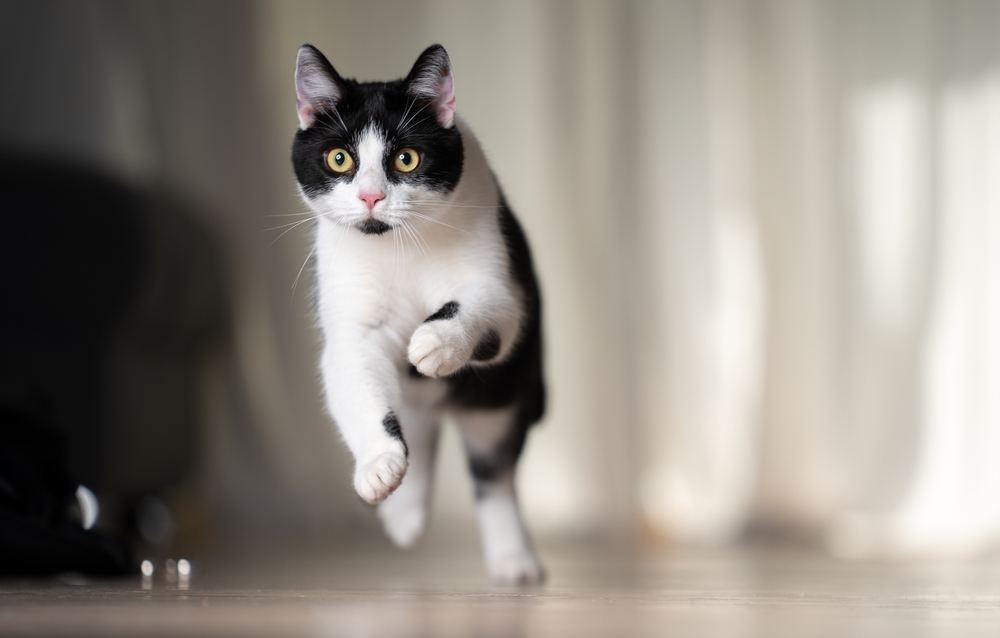
Have you ever been jolted awake by the sound of your cat tearing through the house as if possessed by an unseen force? This is commonly known as the “midnight zoomies,” a burst of energy that often occurs late at night. While it might seem like your cat has gone a bit mad, this behavior actually points to their playful and energetic nature, reminiscent of their wild ancestors’ nocturnal hunting habits. Channeling this energy into playtime before bed can help curb these nocturnal escapades and reveal your cat’s inner athlete.
According to Dr. Mikel Delgado, a cat behavior expert at the University of California, Berkeley, this behavior is often an indication of pent-up energy. Engaging your cat in more daytime activities can help balance their energy levels. Swapping out toys and introducing new ones can keep their interest piqued. Ultimately, understanding this quirk can strengthen your connection by helping you accommodate your cat’s natural rhythms.
2. The Tail Chase
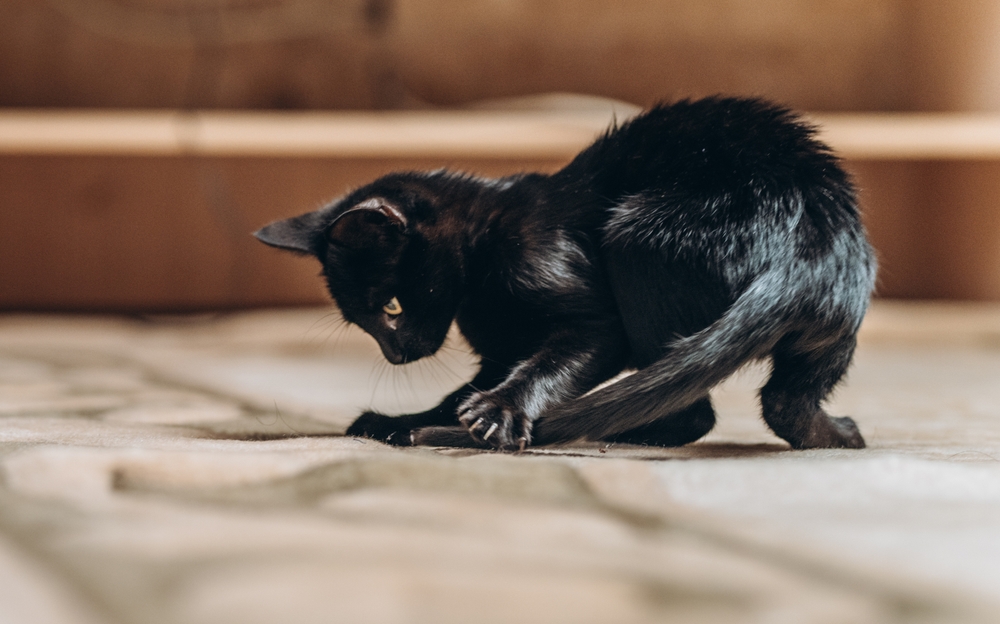
Watching a cat chase its own tail might make you chuckle, but it often signals more than just a playful whim. This behavior can indicate a youthful spirit, as many kittens indulge in tail-chasing as a form of play and exploration. In older cats, frequent tail-chasing might point to boredom or a need for more mental and physical stimulation. Observing this quirk can help you ensure your cat stays mentally sharp and entertained.
Creating a stimulating environment is key to curbing excessive tail chasing. Offer puzzle toys, interactive games, and vertical spaces like cat trees to keep your feline friend engaged. This not only helps redirect their energy but also nurtures their natural curiosity. By catering to their playful instincts, you create a happier and more balanced feline companion.
3. The Sudden Pounce
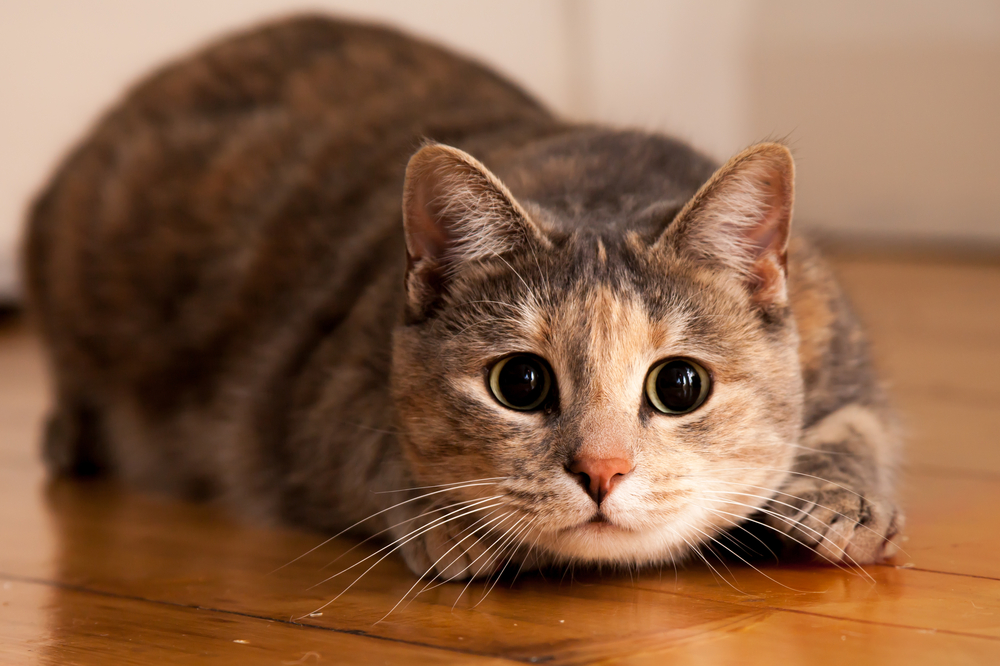
The sudden pounce is a classic move that every cat owner has witnessed, often startling both the cat and the observer. This quirk harkens back to the instinctual hunting techniques of a cat’s wild relatives. When your cat pounces on a toy, a flicker of light, or even your unsuspecting foot, they are engaging in a natural predatory behavior. This action not only showcases their playful side but also reinforces their keen instincts and agility.
Dr. John Bradshaw, a cat behaviorist at the University of Bristol, suggests that these simulated hunting exercises are crucial for a cat’s mental and physical well-being. Providing opportunities for your cat to pounce—through interactive toys or safe outdoor explorations—can satisfy their instinctive needs. Incorporating these activities into your daily routine can help reduce stress and increase your cat’s overall happiness. Understanding this quirk deepens your appreciation for your cat’s inherent abilities.
4. The Window Gaze
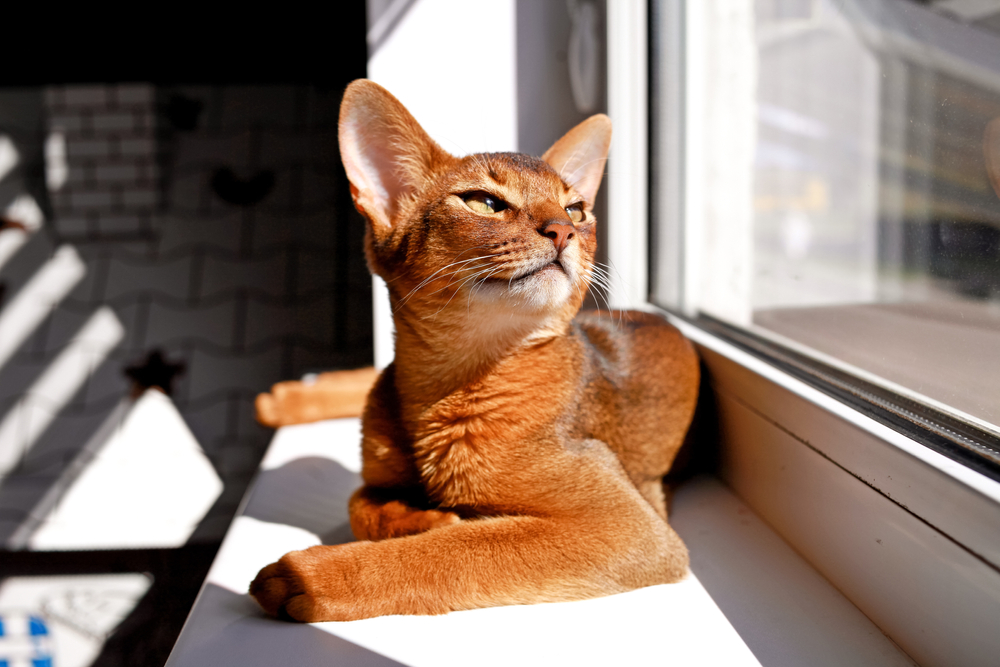
If your cat spends hours gazing out the window, they’re not just admiring the view. This behavior connects to their natural curiosity and desire to observe their territory. Windows provide a safe vantage point for your cat to monitor the outside world, satisfying their instinctual need for surveillance. The window gaze reveals a thoughtful and contemplative aspect of your cat’s personality.
Enhancing this experience with a cozy perch or window hammock can make your cat’s observation post even more inviting. Offering visual stimulation, like bird feeders or moving objects outside, can keep them engaged. This behavior is a reminder of your cat’s connection to the wild, even within the confines of your home. By appreciating their need for visual exploration, you nurture their inquisitive nature.
5. The Water Fascination
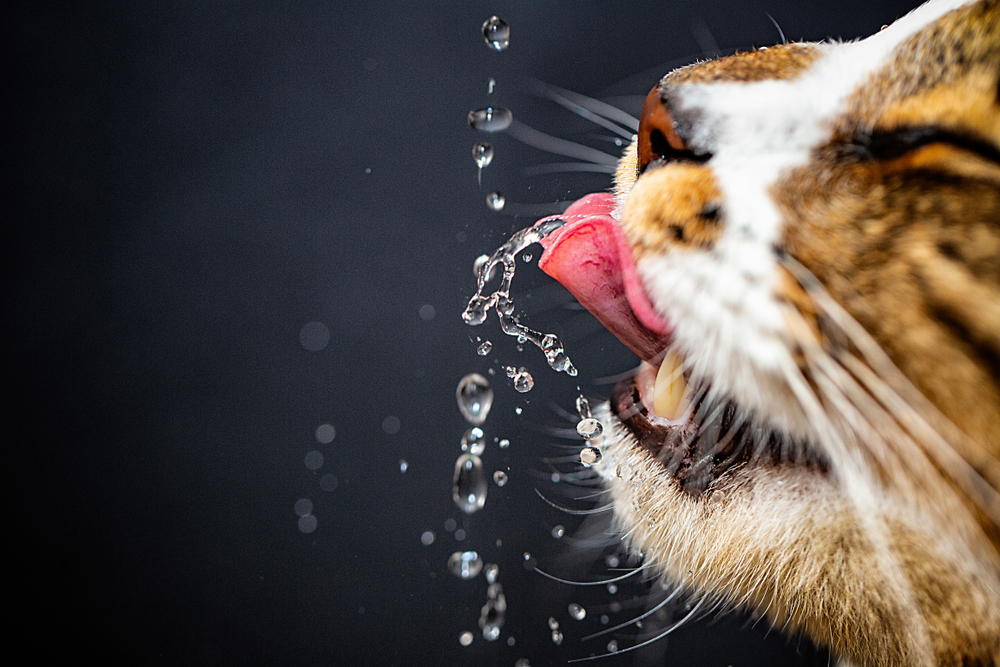
While many cats are notorious for avoiding water, some are intriguingly drawn to it. This water fascination can reveal a playful and adventurous side of your cat’s personality. Whether they’re batting at drips from a faucet or curiously watching the water swirl in the sink, these moments highlight their investigative instincts. For some cats, this quirk can be a source of endless entertainment and enrichment.
Professor Tony Buffington from The Ohio State University emphasizes that this behavior is often tied to a cat’s sensory curiosity. Introducing water play through pet-safe fountains or shallow water bowls can cater to their interests. However, it’s important to ensure safety and prevent any accidental drownings. Understanding this quirk allows you to create a stimulating environment that aligns with your cat’s adventurous nature.
6. The Head Bump
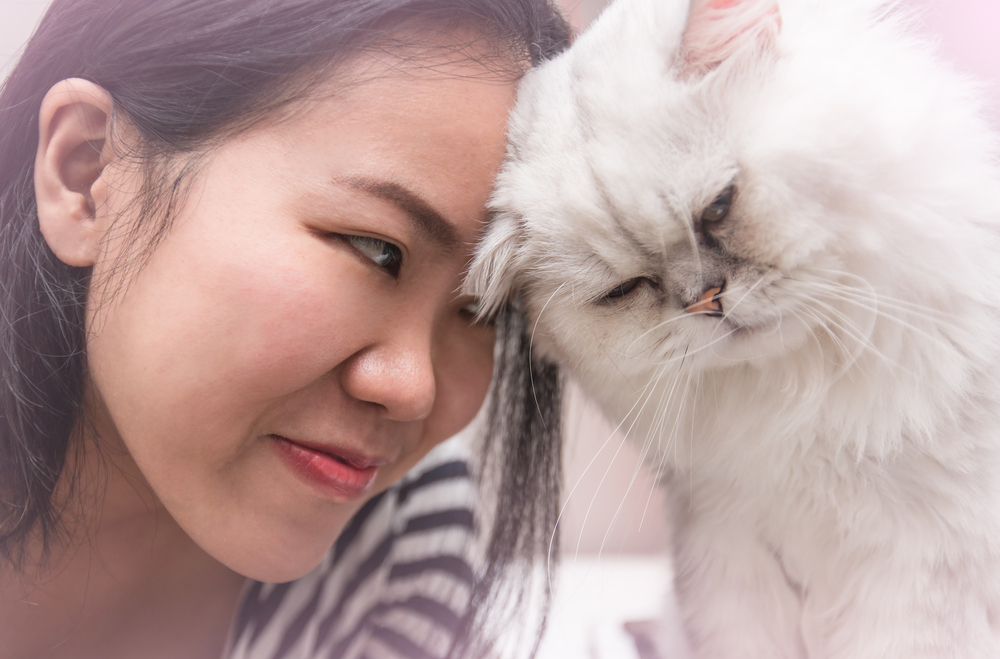
Head bumping, or bunting, is one of the most endearing behaviors a cat can display. This affectionate gesture is a form of bonding and communication, as cats have scent glands located on their heads. By bumping you or other objects, they mark their territory and demonstrate trust and affection. This quirk unveils the loving and social aspect of your cat’s personality.
Encouraging this behavior can strengthen your relationship with your feline friend. Responding with gentle pets or verbal affirmations reassures them of the bond you share. This quirk is a testament to your cat’s ability to express love and create connections. By appreciating and reciprocating their affection, you reaffirm the mutual trust in your relationship.
7. The Box Obsession
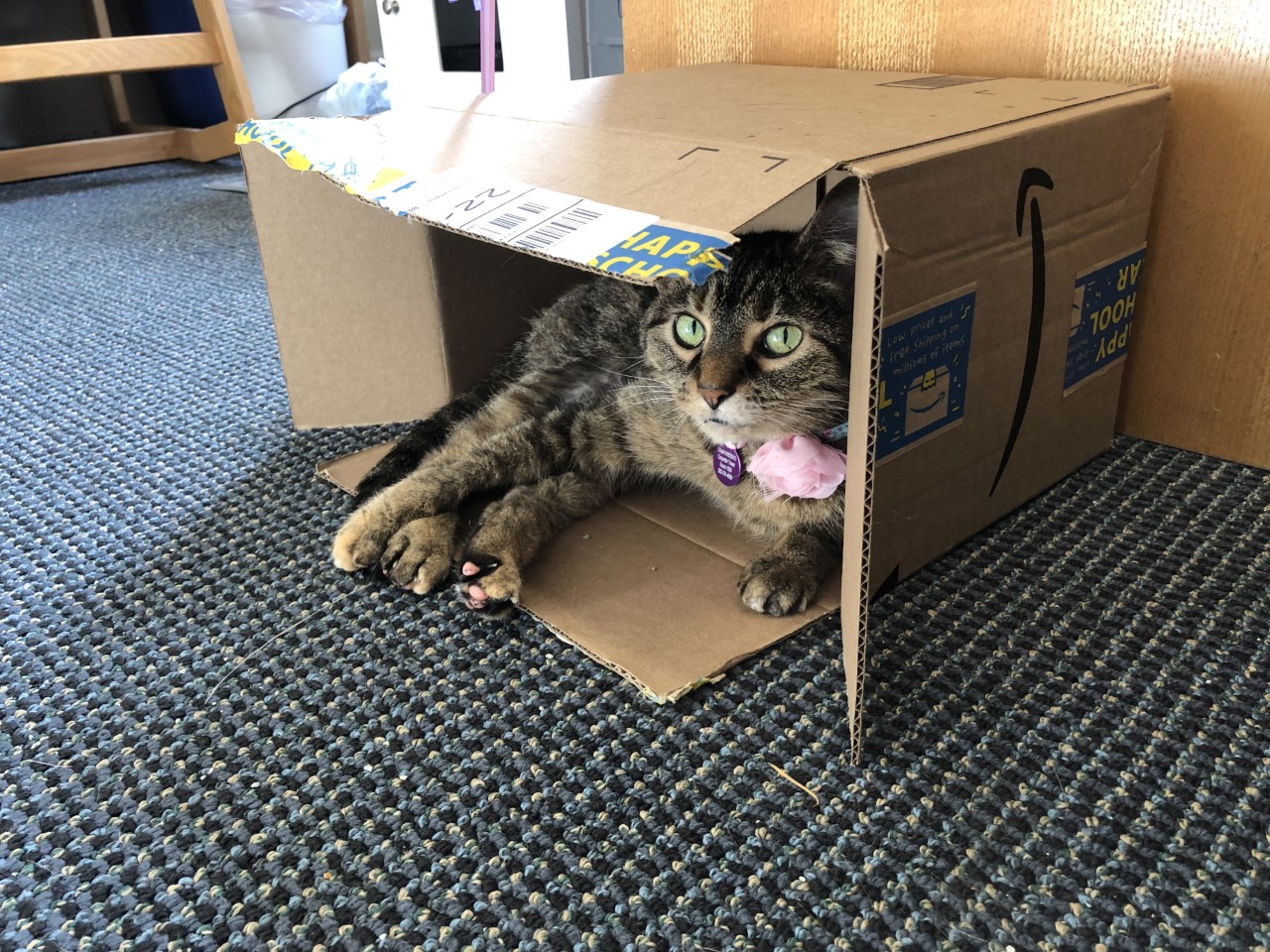
Cats and boxes are a match made in feline heaven. This obsession with boxes can be traced back to their need for security and comfort. When a cat curls up in a box, it satisfies their instinct for safe, enclosed spaces—reminiscent of their ancestral dens. This behavior highlights your cat’s desire for safety and their cautious yet curious nature.
A study published in Applied Animal Behaviour Science found that boxes reduce stress in shelter cats, suggesting similar effects in domestic settings. Providing boxes or small enclosed spaces can offer your cat a refuge from stressors. Changing these hiding spots regularly can keep their environment dynamic and engaging. Understanding this quirk allows you to cater to your cat’s need for comfort and security, fostering a sense of well-being.
8. The Slow Blink
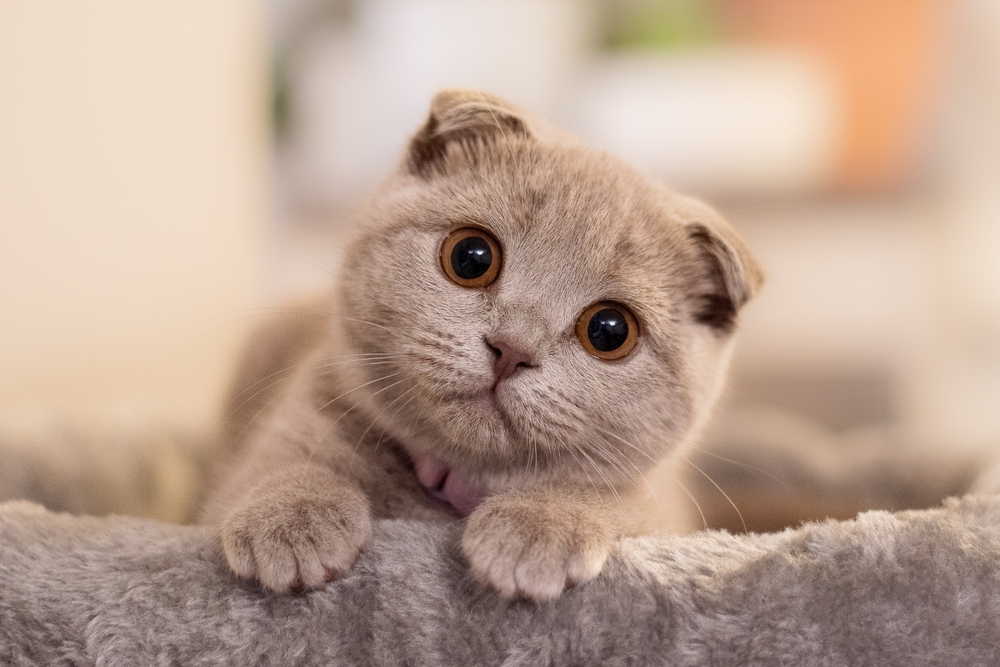
The slow blink, often referred to as a “cat kiss,” is a subtle yet profound communication tool in the feline world. When your cat looks at you and slowly blinks, they’re expressing trust and affection. This behavior is akin to a smile, indicating relaxation and comfort in your presence. Observing this quirk reveals the deep bond your cat shares with you.
To reciprocate, try returning the slow blink to show your own trust and affection. This interaction can strengthen your relationship, as it mirrors a natural feline communication method. Encouraging these moments of connection helps reinforce your cat’s sense of security and belonging. Recognizing and responding to the slow blink enriches your mutual understanding and companionship.
9. The Kneading Ritual
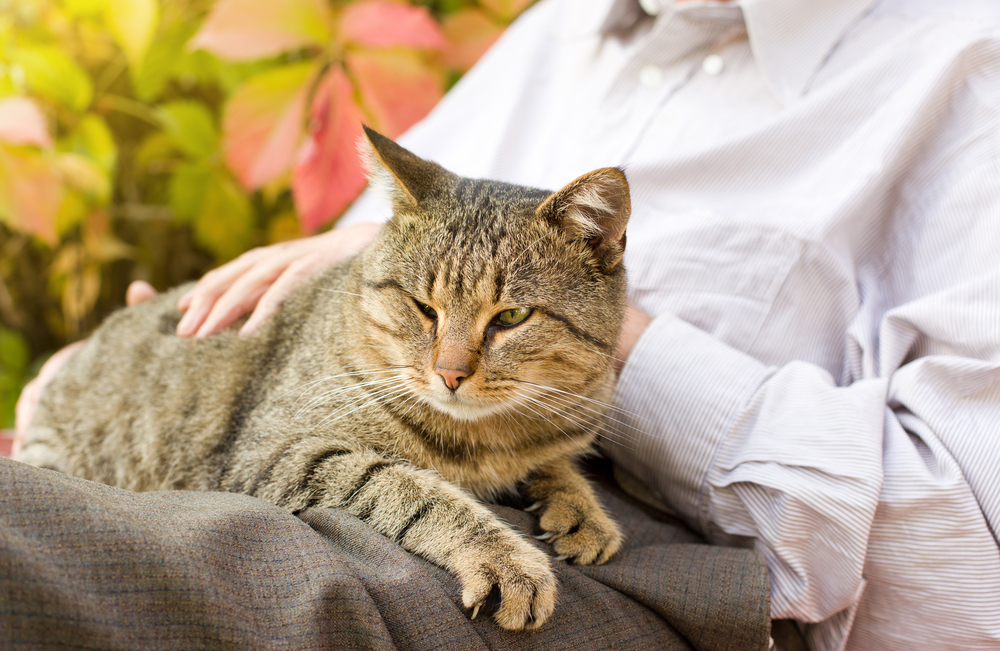
Kneading, or “making biscuits,” is a rhythmic motion where cats push their paws in and out against a soft surface. This behavior originates from kittenhood when they knead their mother’s belly to stimulate milk flow. In adulthood, kneading signifies comfort, security, and contentment. Witnessing this quirk offers a glimpse into your cat’s nurturing and relaxed side.
Providing your cat with soft, plush surfaces to knead can enhance their comfort and happiness. This behavior often accompanies purring, indicating a state of bliss and emotional security. Encouraging this ritual can deepen your bond by fostering a sense of safety and contentment. Embracing your cat’s kneading helps you appreciate their gentle and affectionate nature.
10. The Chirping Call
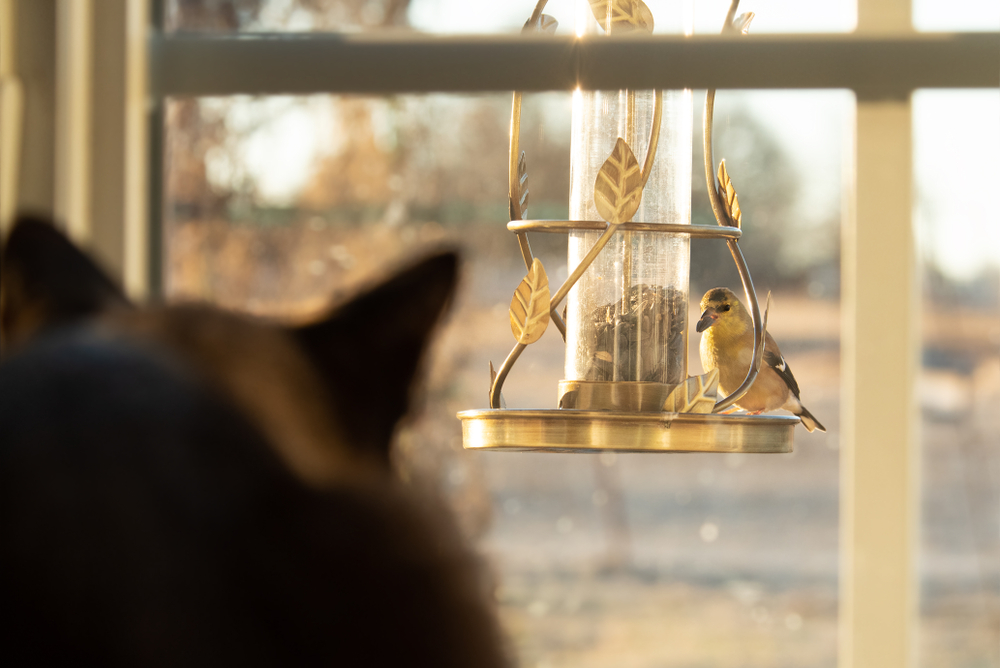
If you’ve ever heard your cat emit a strange, high-pitched “chirp,” you might have wondered about this peculiar sound. This vocalization often occurs when a cat is watching birds or small animals outside. The chirping call is thought to be an expression of excitement or frustration, as they mimic the sounds of their prey. This behavior reveals your cat’s instinctual hunting instincts and alertness.
Engaging your cat with interactive play can help satisfy their hunting drive and energy. Toys that mimic the movements and sounds of prey can provide a healthy outlet for their instincts. This quirk highlights your cat’s alert and intelligent nature, showcasing their ability to communicate excitement. By understanding and addressing their hunting instincts, you nurture their innate curiosity and vitality.
11. The Belly-Up Pose
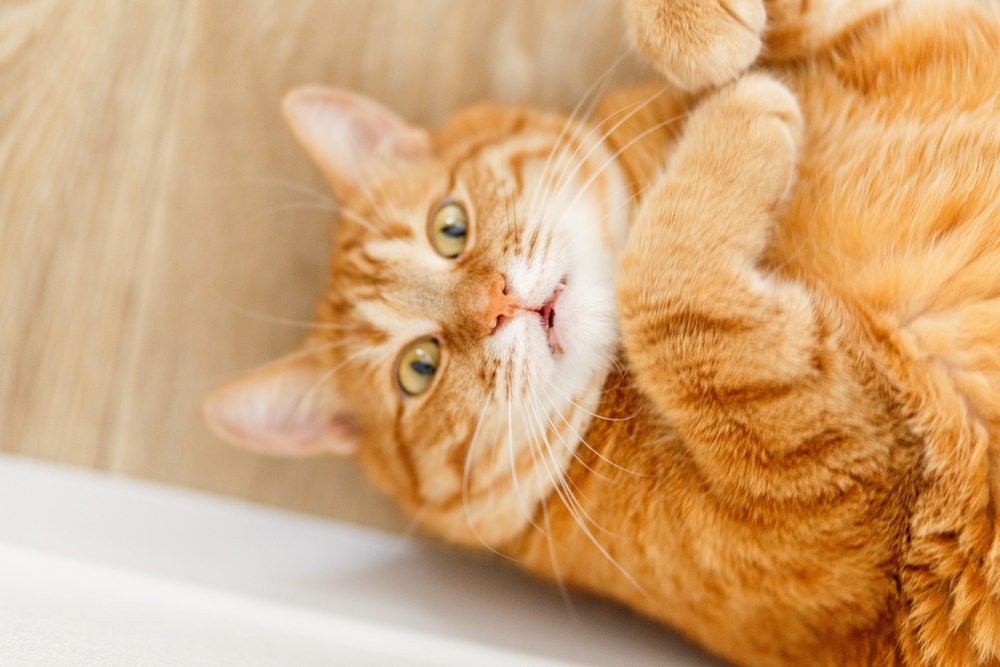
When a cat exposes its belly, it’s a sign of ultimate trust and vulnerability. This belly-up pose is an invitation to interact, but it’s often not an invitation for a tummy rub. Many cats enjoy showing their bellies as a way of demonstrating their comfort in your presence. Observing this quirk reveals your cat’s trust and relaxed nature.
Responding appropriately to this gesture is crucial, as some cats may become defensive if their bellies are touched. Instead, offer gentle pets to other areas they enjoy, like the head or chin. Understanding this behavior fosters mutual respect and strengthens your bond. By appreciating their trust, you reinforce their sense of safety and comfort in your companionship.
12. The Tail Flick
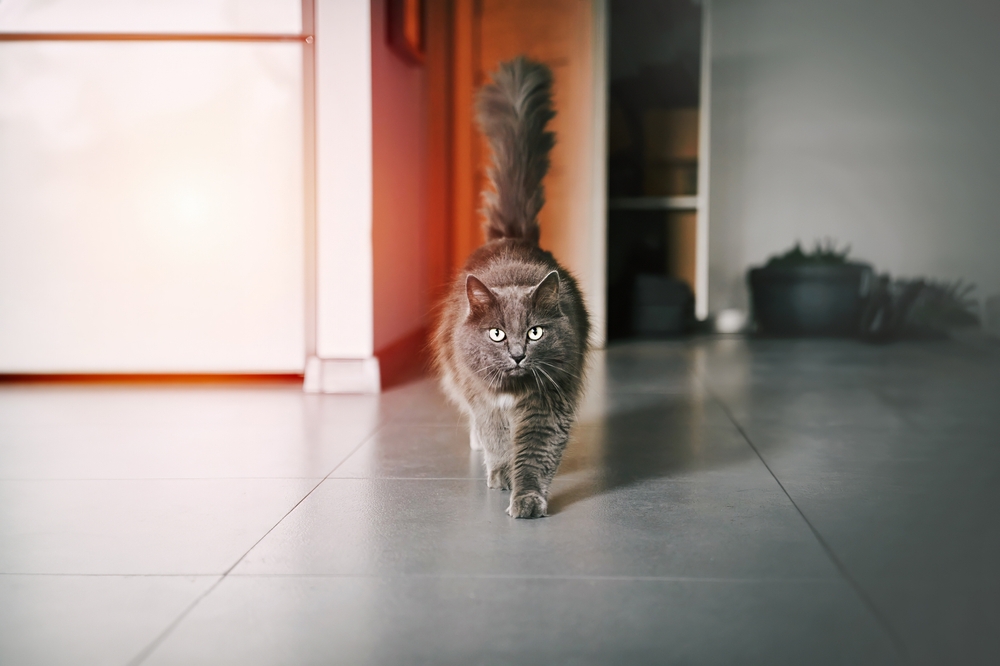
The enigmatic flick of a cat’s tail can convey a multitude of emotions, from irritation to excitement. This quirk serves as a dynamic communication tool, providing insight into your cat’s current mood. A slow, gentle flick often indicates contentment, while a rapid or harsh flick may signal annoyance or agitation. Observing your cat’s tail flicks offers a window into their emotional state.
Interpreting these signals can help you respond appropriately to your cat’s needs. If they’re displaying signs of agitation, giving them space may be the best course of action. Conversely, a gentle flick could be an invitation to engage in play or affection. By understanding this form of communication, you enhance your ability to connect with your cat on a deeper level.
13. The High-Pitched Meow
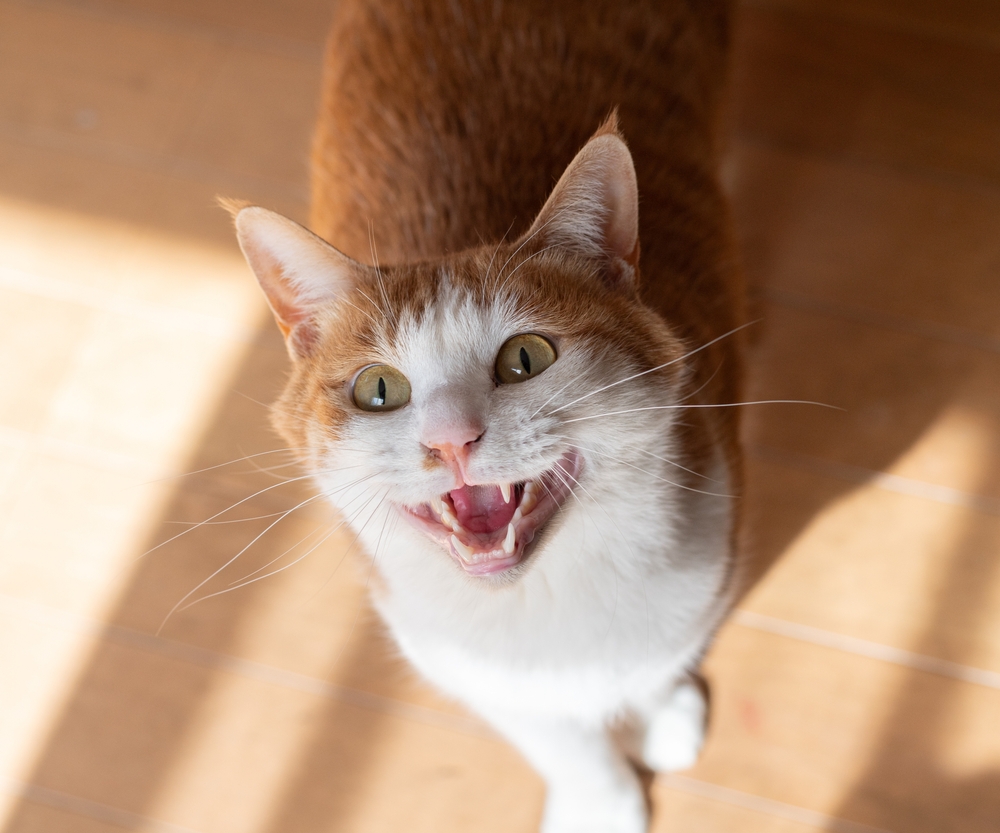
A high-pitched meow can be a compelling expression of your cat’s desires or demands. This vocalization often indicates a request for attention, food, or interaction. Cats have adapted their meowing to communicate with humans, tailoring the pitch and duration to convey specific needs. Recognizing this quirk can help you better understand and meet your cat’s expectations.
Responding to a high-pitched meow with attention or by fulfilling their request can strengthen your relationship. However, it’s important to establish boundaries to prevent excessive demands. Acknowledging their communication efforts shows appreciation for their unique way of interacting. This vocal quirk underscores your cat’s adaptability and intelligence in navigating a human-centric world.
14. The Ear Twitch
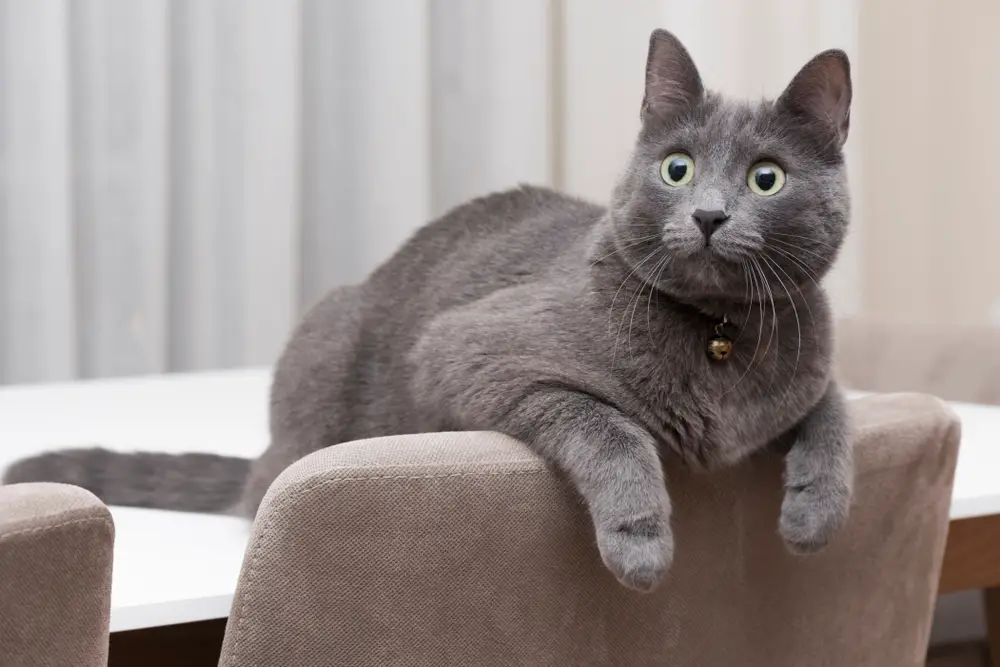
The subtle ear twitch is more than just a reflexive action; it’s an indicator of your cat’s attentiveness and sensory engagement. Cats possess highly sensitive ears that pick up on the faintest sounds, and a twitch can signal focused listening or curiosity. This behavior is often observed when they hear an unfamiliar noise or when they’re in a state of heightened awareness. Understanding this quirk reveals your cat’s acute senses and alertness.
Observing your cat’s ear twitches can guide you in creating an environment that caters to their sensory needs. Minimizing loud, sudden noises and providing stimulating yet comfortable spaces can enhance their well-being. This behavior highlights your cat’s ability to process and react to their surroundings. By appreciating their sensory world, you foster a more harmonious living environment for your feline companion.
